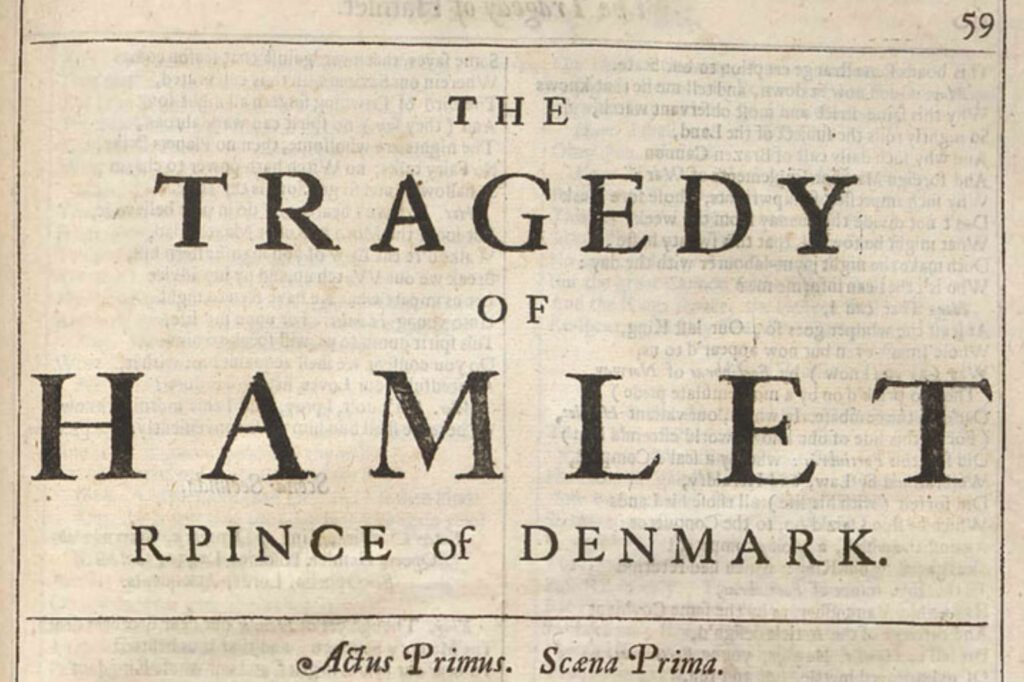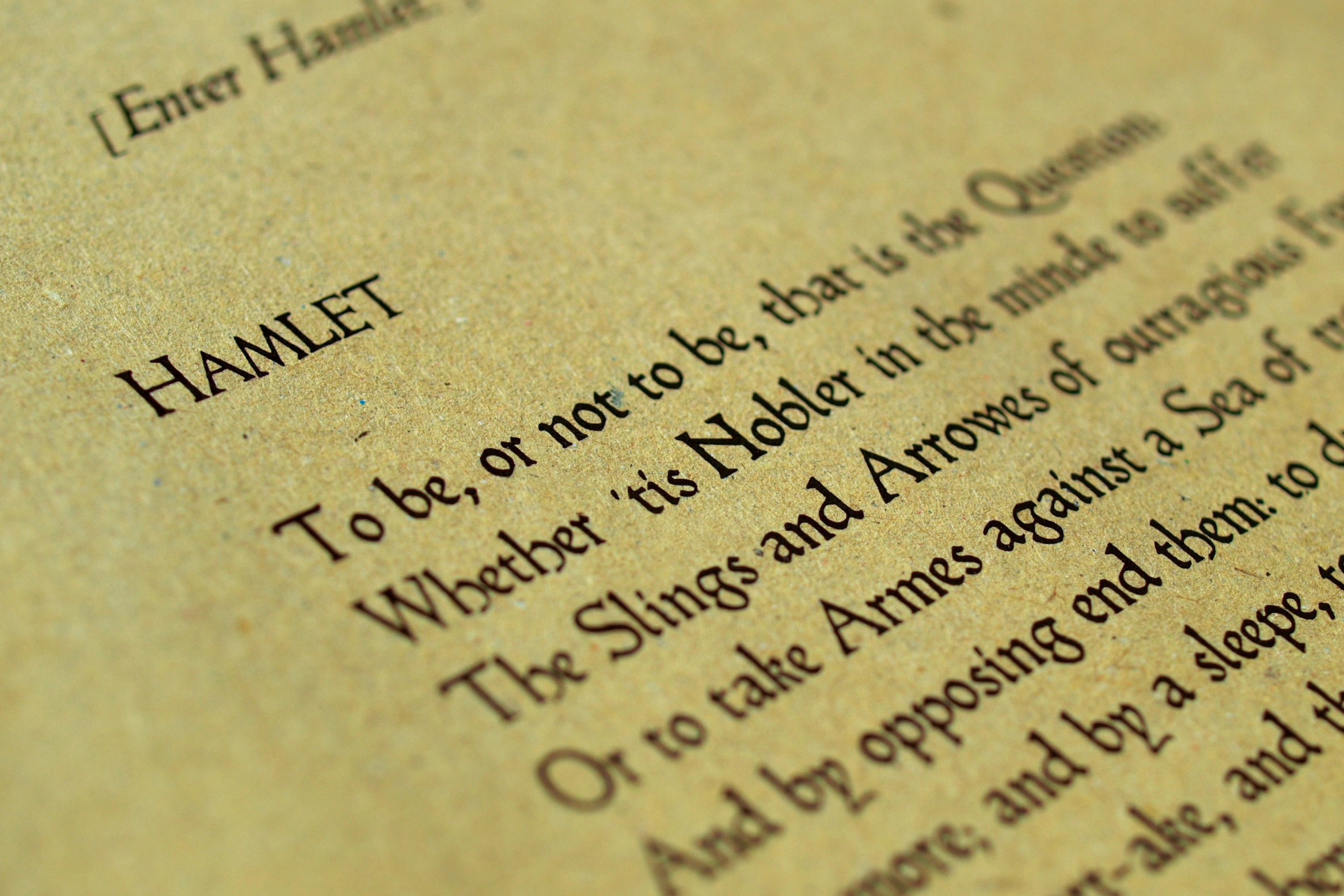Imagine you’re a 17th-century printer given the task of creating a folio of work for arguably the most famous playwright ever to have lived. It’s the late 1600s, so you’re not yet aware of how true this will be, but you know this guy is important already. You get your typesetting all done, start the printing process, and then head home for the night while others continue the work because printing takes ages to finish. Maybe you don’t see it at first, but eventually, perhaps after hundreds of expensive printed folios are finished, you notice that in the play The Tragedy of Hamlet Prince of Denmark, the word prince in the title is misspelled. What a tragedy.
It’s not uncommon to find misspellings in old texts, though due to Shakespeare’s lasting fame, talent and influence, this might be the most famous typo to exist. The process of printing in the era before anything even remotely like a dot matrix printer was available was painstaking; each letter was placed by hand, upside down and backward. The typo itself isn’t a mystery – that’s easily explained by the arduous process and expense of printing. But who published the misprint is still up in the air, and scholars have wondered for years where the folio originated. While at first glance, it may not seem like this is a problem supercomputers can help solve, intrepid researchers from a Carnegie Mellon University team came up with a novel way to solve the mystery using Pittsburgh Supercomputing Center’s Bridges-2.

Using this ACCESS resource, the CMU researchers were able to compare the printing from the various publishers at the time using AI to spot the similarities between the specific letters. Remember, all those letters are unique to each of the printers. Every time they’re used, they change a little bit. Each letter or punctuation mark is a tiny individual metal relief that would be like a fingerprint with enough samples to compare.
A really great benefit for us is that it allows the … less technical members of our team, Ph.D. students in English, for example, Ph.D. students in history, to dive into the results of a lot of the technical work and do some classic, humanistically informed visual analysis.
Christopher Warren, CMU, on the benefits of working with ACCESS resources
If you’re interested in learning more about how the CMU researchers solved this Shakespearean mystery using ACCESS resources, you can find the original story here: CMU Group Outs Printer of Embarrassing Typographic Error
Project Details
Resource Provider Institution(s): Pittsburgh Supercomputing Center (PSC)
Affiliations: Carnegie Mellon University
Funding Agency: NSF, National Endowment for the Humanities
Grant or Allocation Number(s): HUM150002
The science story featured here was enabled by the ACCESS program, which is supported by National Science Foundation grants #2138259, #2138286, #2138307, #2137603, and #2138296.


